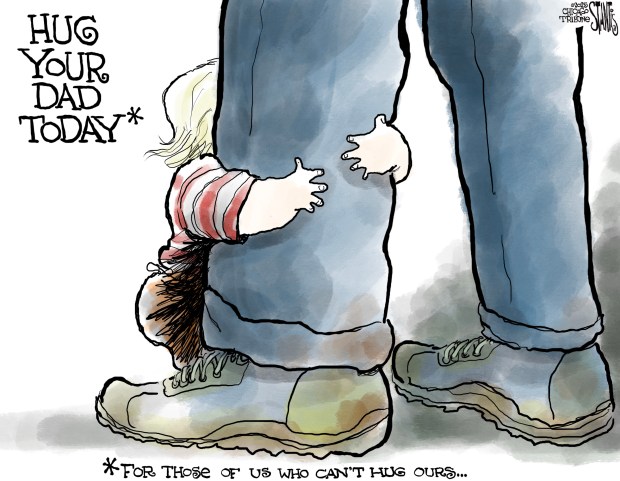“White. Brown. Brown. White.” My not-quite-3-year-old is pointing at the faces of dancing cygnets in her “Swan Lake” book. As a developmental psychologist whose research focuses on the tendency of infants and children to divide the world into social groups, I should have been ready to use her remark as a springboard to open important conversations about racial inequality. But, like most white parents, my gut reaction was to move on to other topics.
If I don’t even feel confident talking to my child about race, I shouldn’t be surprised that most white parents avoid the topic too. But if we want to inspire change and racial equality in future generations, we need to talk about race, inequity and racism. On Juneteenth, many of us who are not Black may be searching for ways that we can honor the holiday by promoting racial justice. I suggest that a starting point for white parents is talking to our young children about race. Here, I provide some suggestions for how to open these conversations.
White parents commonly say that they do not discuss race because race is not relevant to their child, or their child hasn’t noticed race. In fact, when young children bring up race, they typically are not saying anything overtly negative or racist. My daughter didn’t disparage any of the dancing swans; she just noticed the difference in color, like she notices the colors of flowers, shirts and the plate that holds her morning toast.
But even preschoolers care about race and show early signs of racial bias: When white preschoolers are asked whether they’d prefer to invite a Black child or a white child to a party, they tend to choose the white child. Interestingly, white parents who are told about this task predict that their child would choose randomly. White children don’t only have preferences to play with people who look like them; a recent study from my lab found that children associate whiteness with social power. Other studies find that children associate nicer houses, toys and cars with white people, and more rundown houses, toys and cars with Black people. So, children are learning about racial inequality.
When young children notice patterns, they are motivated to explain them. (Have you even been inundated with a seemingly endless series of “why” questions from a toddler?) White parents can use conversations about race to help their children explain the differences that they notice.
But what should we actually say? One common message is an appeal to broad morals: Everyone should be treated with kindness and respect. Equality is a great message, but because it doesn’t explain racial inequality, it is unlikely to be effective. If children are told that everyone is equal, or that insides matter more than race, they may think that inequalities are due to inherent differences — maybe the “haves” have more than the “have-nots” because they are smarter or worked harder. These types of explanations are problematic. If you think that white people are wealthier because they work harder than Black people, then you may not be interested in rectifying the wealth gap.
So, rather than let kids come up with their own explanations, white parents can provide explanations about racial inequality that focus on structure: On average, some groups (white people) live in communities with more and better resources than other groups (Black people). These structural differences are both historical and contemporary. When an inequality is explained as being due to structural differences, children are less likely to endorse the status quo than when they are told that the inequality is due to inherent differences (e.g., one group is smarter). This messaging may work for racial biases as well: Research shows that 4-year-olds who agree with structural explanations for racial inequality are less biased.
Another way that white parents can open conversations about race with their children is through reading diverse books. Biographies of people from different backgrounds may be particularly effective as they harness two strategies that have been shown to reduce bias: individuation (learning to distinguish multiple members of another group) and counter-stereotypes (seeing success stories of people from minoritized groups).
Although individual parent-child conversations are not going to fix structural racism, we have to start somewhere. These conversations may feel awkward initially but can improve with time, allowing parents and children to learn together about our country’s history and to work toward a more truly equitable future.
The next time my daughter snuggles up to read “Swan Lake,” I will be ready. The best time to have conversations about race with your children is now. Children notice differences in their world, and we can help them explain these differences in ways that stop — or at least slow — the proliferation of racial bias.
Zoe Liberman is a professor of psychological and brain sciences at the University of California at Santa Barbara and a Public Voices Fellow of The OpEd Project.
Submit a letter, of no more than 400 words, to the editor here or email letters@chicagotribune.com.




